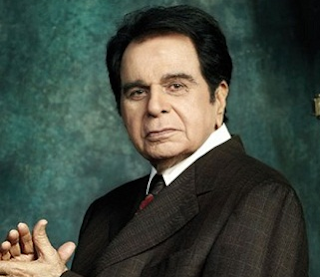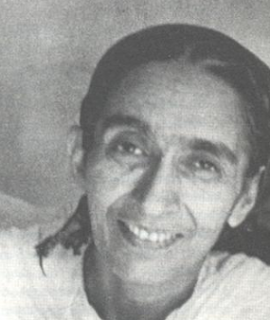The first film of Dilip Kumar was Jwar Bhata in 1944, which went unnoticed. After a few other unsuccessful films, it was Jugnu, in which he played alongside Noor Jehan, who became his first major box office success. His next major hits are the 1948 Shaheed and Mela films. He got his breakthrough role in 1949 with Andaz from Mehboob Khan, in which he played alongside Raj Kapoor and Nargis. Shabnam also released this year was another box office success
Kumar continued to be successful in the 1950s playing leading roles in several box office successes such as Jogan, Babul, Hulchul , Deedar , Daag , Shikast , Amar , Uran Khatola, Insaniyat, Devdas , Naya Daur, Yahudi , Madhumati and Paigham . These films established his screen image as "King of Tragedy". Kumar briefly suffered from depression due to the depiction of many tragic roles.
He also played playful roles in an attempt to shed his image of "tragic king" on the suggestion of his psychiatrist, as in Aan, Mehboob Khan's 1952 film of sword and cape. This marked his first film to be shot in technicolor and to have a broad outing across Europe with a lavish premiere in London. He was more successful with lighter roles as a thief in the comedy Azaad, and as a royal prince in the romantic musical Kohinoor
He was the first actor to win the Filmfare Best Actor Award and went on to win another seven times in his career. He formed popular on-screen twinnings with many of the top actresses at the time including Madhubala, Vyjayanthimala, Nargis, Nimmi, Meena Kumari and Kamini Kaushal. 9 of his films in the 1950s were ranked in the Top 30 most profitable films of the decade.
In 1960, he played Prince Salim in K. Asif's epic epic film, Mughal-e-Azam, which was the most profitable film in the history of Indian cinema for 11 years, until it was overtaken by the film Haathi Mere Saathi in 1971 and later by the 1975 film Sholay. If adjusted for inflation, Mughal-e-Azam was the most profitable Indian film in the early 2010s, more than ₹ 1000 crore in 2011. |







